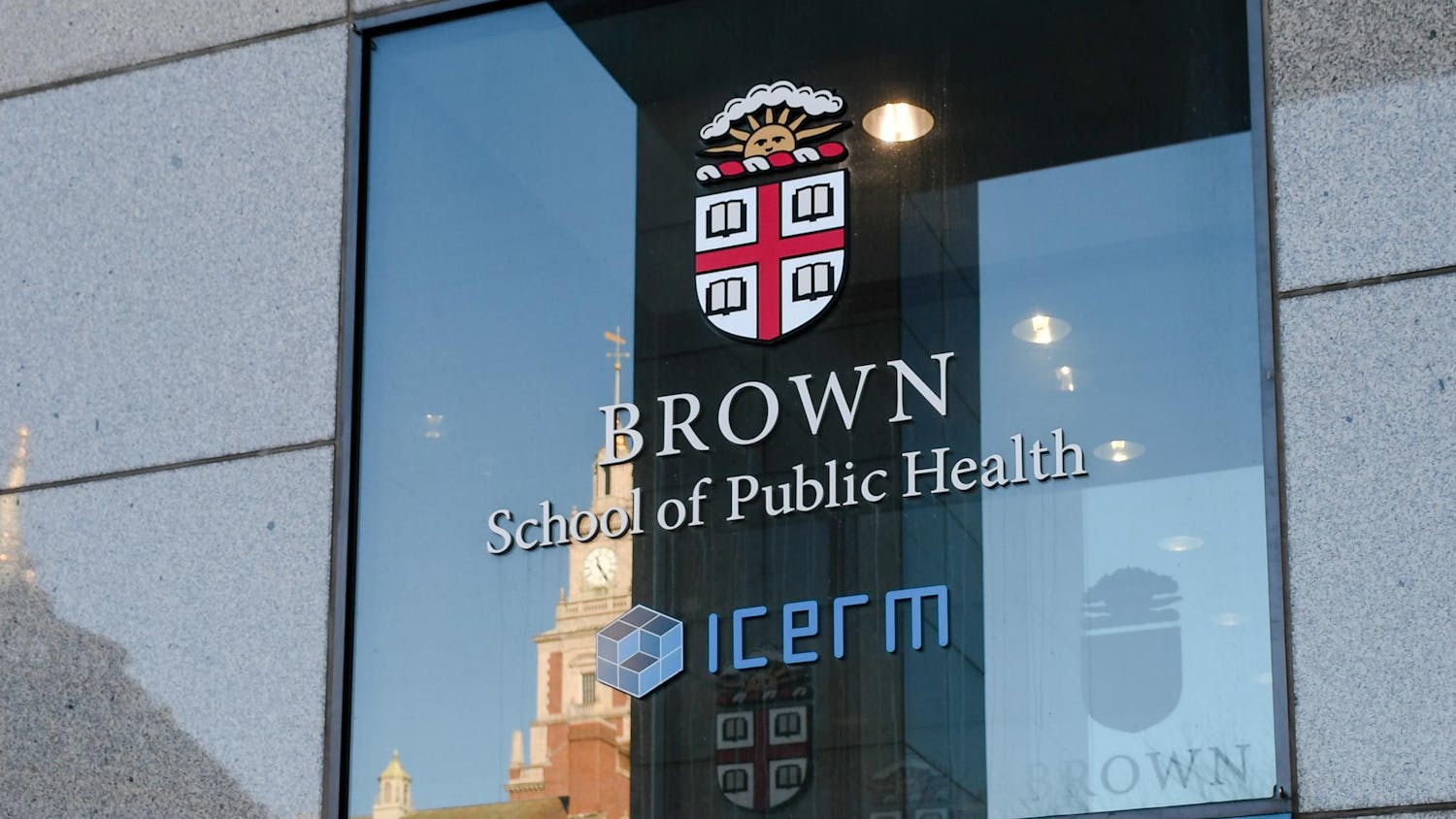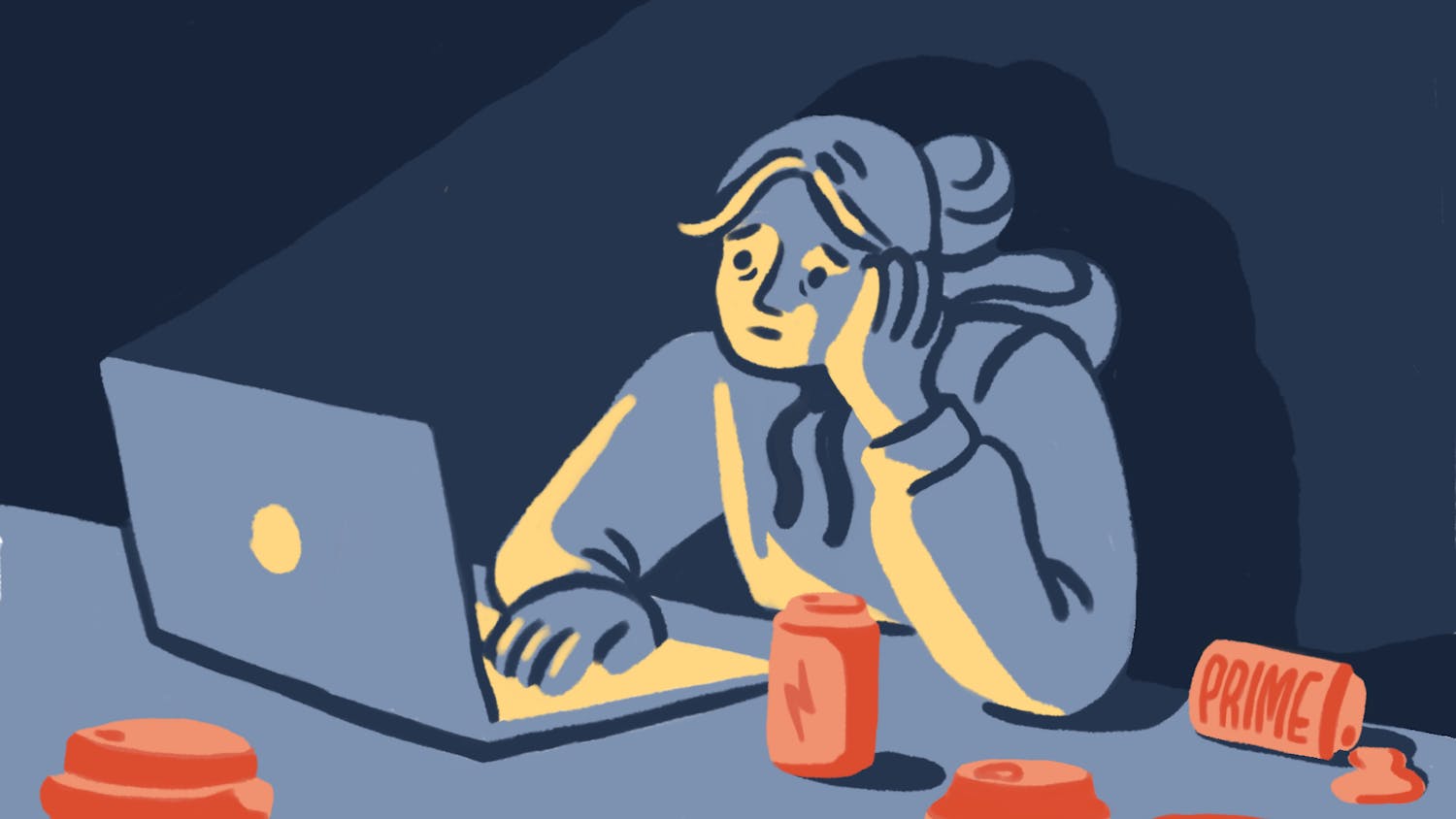Geography may be the key to ending the HIV epidemic in the United States. In a new paper published in the American Journal of Public Health, Amy Nunn, assistant professor of medicine, argues HIV should be tackled through a “geographic lens” — one that focuses on regionally targeted treatment and prevention.
The paper focuses on “two inter-related issues,” wrote Ira Wilson, a professor of health services, policy and practice who is not affiliated with the publication, in an email to The Herald.
The first issue is improving the implementation of effective intervention techniques, Wilson wrote. The second involves using geospacial mapping techniques to identify “hot spots” with high rates of HIV. “This means that one can target specific neighborhoods for interventions, making the time, effort, and dollars much more intelligently spent,” he wrote.
Low-income communities with high minority populations — especially African-American and Hispanic populations — are hot spots, Nunn said, adding that though this information has been previously published, it has not been used to target HIV treatment effectively.
The geographic disparity is a “very real issue,” Nunn said — for example, white people living in affluent neighborhoods who contract HIV are far more likely to receive treatment than black people living in poor neighborhoods.
“We know exactly where people are living who are getting infected,” she said. “But our HIV prevention and interventions haven’t really responded to that challenge appropriately.”
Responding to the indications of maps is key to lowering HIV rates around the country, Nunn said. “The maps tell the story. Where you live influences whether you live or die.”
HIV prevention efforts have focused on disease transmission over the last 30 years, Nunn said. But the government should emphasize treating the disease instead — “treatment is prevention,” she added.
“It doesn’t make sense for us to be focusing our efforts in areas where the epidemic is not,” said Phill Wilson, CEO of the Black AIDS Institute and a co-author of the paper. “It’s what I call the Alice in Wonderland school of prevention, where we pretend what is isn’t, and what isn’t is.”
Building government infrastructure in affected neighborhoods is a priority for turning HIV prevention efforts toward the “geographic lens,” Phill Wilson added.
Nunn has established several grassroots projects to help jumpstart the geographic battle against HIV. One such project — “Do One Thing” — is a “comprehensive neighborhood approach” to educate people about HIV screening and testing, she said. Through the program, volunteers go door to door in a low-income area in Philadelphia to encourage residents to get tested for HIV and Hepatitis C.
Nunn intends to start a similar program in Rhode Island focusing on sexually transmitted infections, she said. Three Rhode Island ZIP codes have especially high numbers of chlamydia, gonorrhea and syphilis cases, and little effort is being made to target these areas, Nunn said.
“I think that it’s a social justice issue,” Nunn said, adding that the best thing to do for communities with high cases of either HIV or STIs is to “flood (them) with resources that promote testing and treatment.”

ADVERTISEMENT




